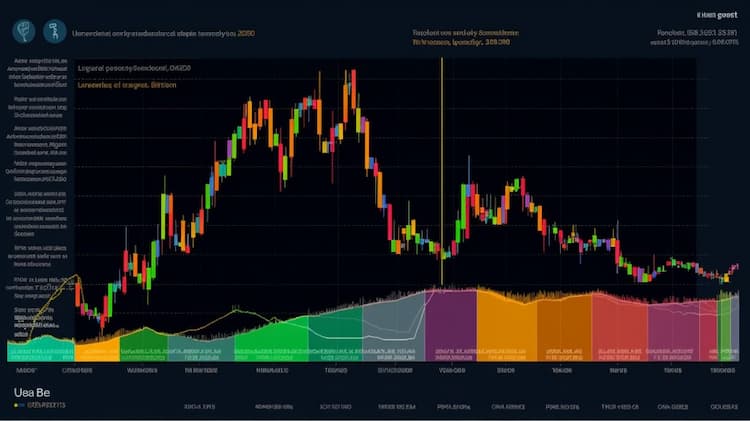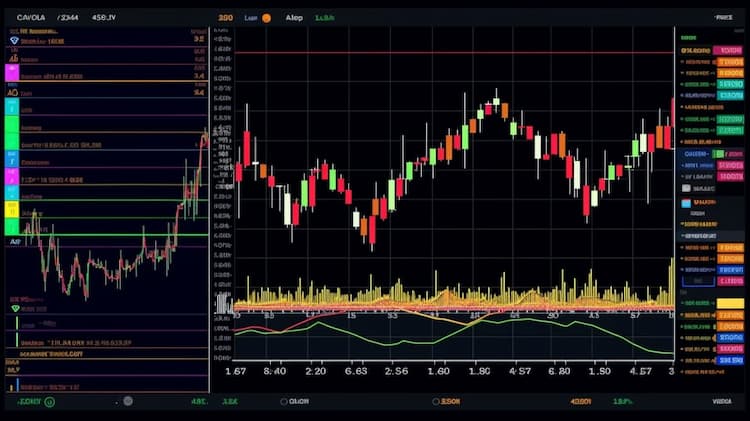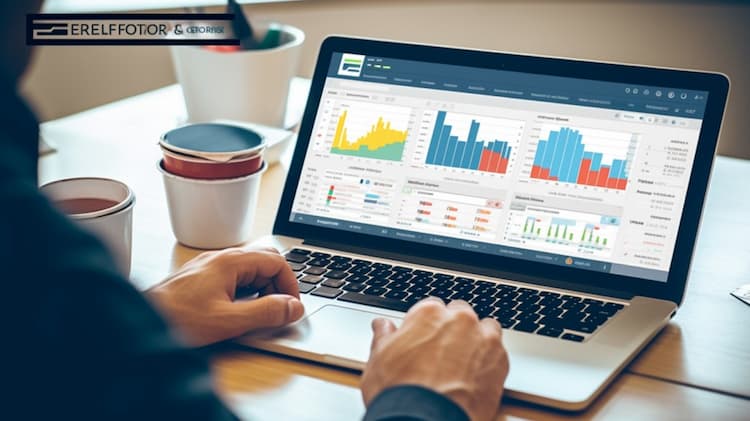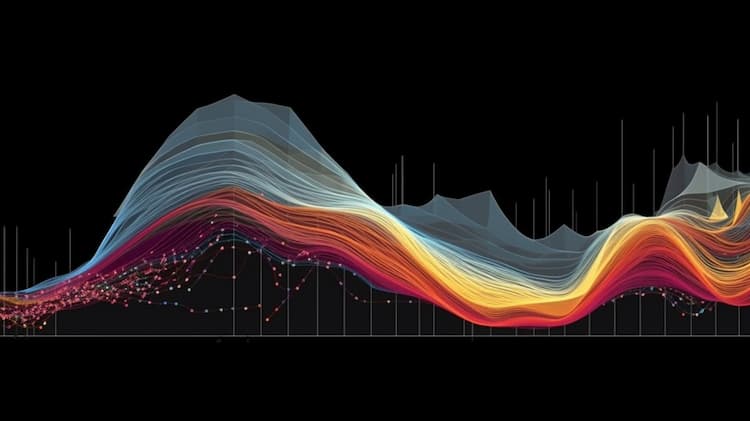
What are the best Dimensional ETFs?
Dimensional ETFs have gained significant attention among investors seeking a unique approach to passive investing. Dimensional Fund Advisors (DFA), a renowned investment management firm, offers a range of ETFs designed to capture specific factors and deliver long-term outperformance. In this article, we will explore and discuss some of the best Dimensional ETFs available in the market. By understanding the distinctive investment philosophy behind Dimensional ETFs and analyzing their performance, investors can make informed decisions about incorporating these funds into their portfolios.
Exploring the World of Dimensional ETFs
When it comes to investing in exchange-traded funds (ETFs), Dimensional ETFs stand out as a popular choice for many investors. Dimensional Fund Advisors is known for its evidence-based approach to investing and has a strong reputation in the financial industry. In this article, we will dive into the world of Dimensional ETFs, explore their key features, and compare them to other similar ETFs.
Dimensional U.S. Core Equity Market ETF (DFAU)
One of the best Dimensional ETFs is the Dimensional U.S. Core Equity Market ETF (DFAU). This ETF aims to provide investors with broad exposure to the U.S. equity market by tracking the performance of the Dimensional U.S. Core Equity Market Index. The index includes large, mid, and small-cap stocks and employs a systematic approach to capture market premiums.
Compared to other similar ETFs, DFAU distinguishes itself with its unique investment philosophy. Dimensional Fund Advisors focuses on factors such as size, value, and profitability when constructing their portfolios. This factor-based approach aims to capture higher expected returns over the long term. Investors who believe in the efficacy of factor-based investing may find DFAU to be an attractive option.
 Dimensional ETF,DFAU overlap What are the best Dimensional ETFs?
Dimensional ETF,DFAU overlap What are the best Dimensional ETFs?
Comparing Dimensional ETFs to Traditional Index ETFs
One common question among investors is how Dimensional ETFs compare to traditional index ETFs. Traditional index ETFs typically aim to replicate the performance of a specific index, such as the S&P 500 or the Nasdaq. They follow a rules-based approach and hold the same securities as the index they track. On the other hand, Dimensional ETFs employ a more active investment strategy that focuses on factors.
While traditional index ETFs offer broad market exposure and low expense ratios, Dimensional ETFs aim to capture specific factors that may lead to outperformance. The decision between the two depends on an investor's belief in the efficacy of factor-based investing and their willingness to potentially deviate from the broader market.
The Role of Dimensional ETFs in a Diversified Portfolio
Another question often asked is how Dimensional ETFs fit into a diversified portfolio. Diversification is a key principle in investing, and Dimensional ETFs can play a role in enhancing diversification. By focusing on specific factors, such as size or value, Dimensional ETFs can provide exposure to asset classes that may have different risk and return characteristics compared to the broader market.
However, it's important to note that adding Dimensional ETFs to a portfolio should be done with careful consideration of an investor's risk tolerance and investment goals. Investors should also assess how Dimensional ETFs complement their existing holdings to ensure proper diversification.
The Future of Dimensional ETFs
As the popularity of ETFs continues to grow, Dimensional Fund Advisors remains a prominent player in the market. They have expanded their ETF lineup and continue to innovate in the field of factor-based investing. With their evidence-based approach, Dimensional ETFs are likely to attract investors seeking a systematic and disciplined investment strategy.
In conclusion, Dimensional ETFs, such as the Dimensional U.S. Core Equity Market ETF (DFAU), offer investors a unique approach to investing through their focus on factors. While they may differ from traditional index ETFs in terms of investment strategy, Dimensional ETFs can play a valuable role in a diversified portfolio. As with any investment, it is essential to carefully evaluate the suitability of Dimensional ETFs based on individual investment objectives and risk tolerance.
Disclaimer: This article is for informational purposes only and does not provide any investment advisory services.
Sources:
Dimensional Fund Advisors: https://www.dimensional.com/
Investopedia article about Dimensional ETFs: https://www.investopedia.com/terms/d/dimensional-fund-advisors.asp
Get startedFAQ
What are the best Dimensional ETFs?
Dimensional Fund Advisors (DFA) offers a unique approach to investing, primarily through mutual funds rather than ETFs. While they primarily focus on mutual funds, here are six popular Dimensional mutual funds worth considering:
What factors should I consider when evaluating Dimensional funds?
When evaluating Dimensional funds, consider factors such as expense ratios, historical performance relative to benchmarks, fund characteristics and strategy, asset class exposure, and the overall investment philosophy of Dimensional Fund Advisors.
How do I choose the right Dimensional fund for my investment goals?
To choose the right Dimensional fund for your investment goals, consider factors such as your risk tolerance, desired exposure to specific asset classes or investment styles, investment time horizon, and the overall market outlook for the particular investment strategy of the fund.
Are there any specific risks associated with investing in Dimensional funds?
Like any investment, Dimensional funds are subject to market risks. These risks include market volatility, economic conditions, geopolitical events, and fluctuations in the underlying assets of the fund. Additionally, the fund's performance may not perfectly align with the benchmark due to implementation and portfolio construction decisions.
How can I research the performance of Dimensional funds?
You can research the performance of Dimensional funds by analyzing historical returns, comparing them to relevant benchmarks, reviewing fund fact sheets and prospectuses provided by Dimensional Fund Advisors, and considering ratings and analysis from reputable financial research providers.

























